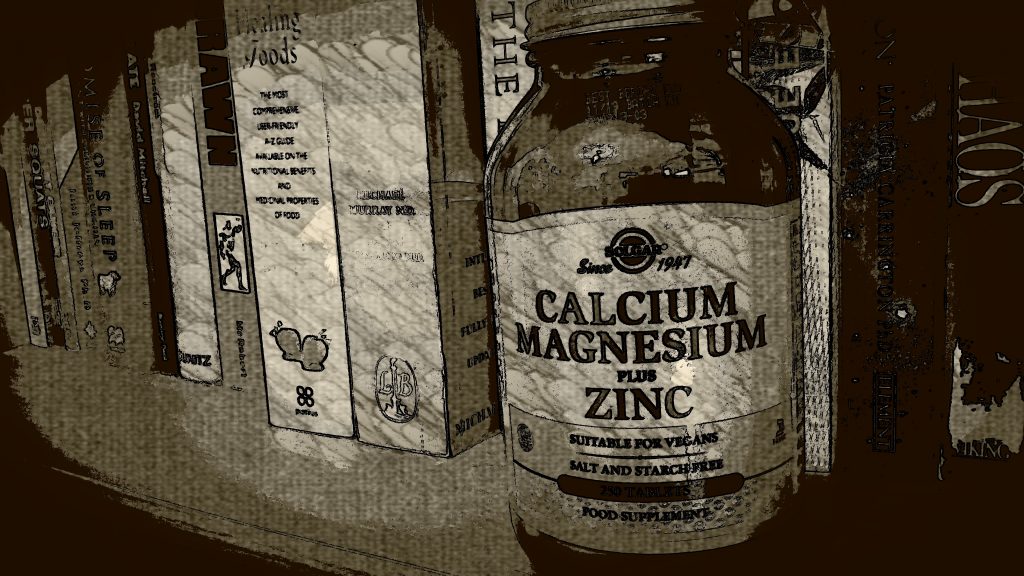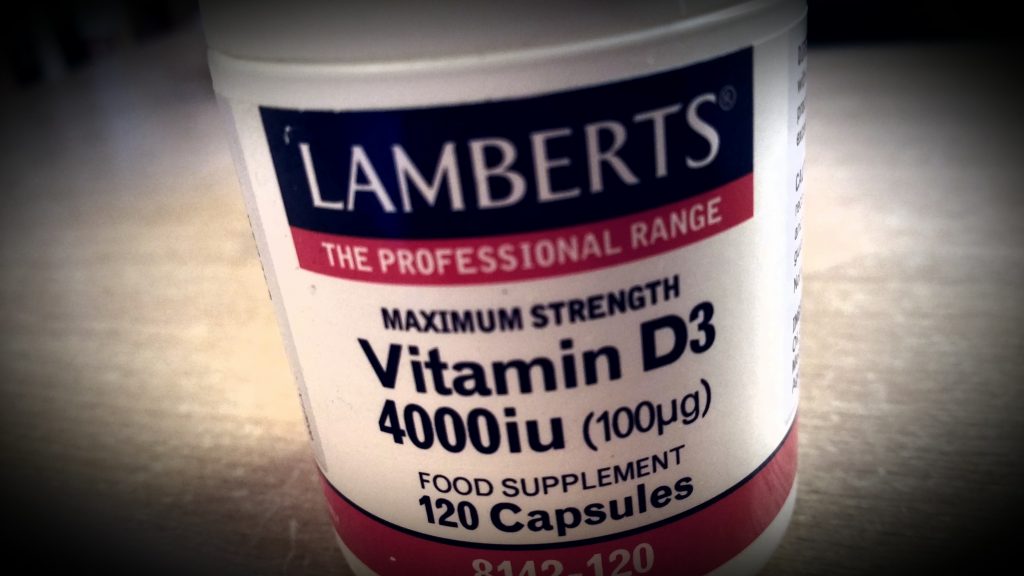 In my previous article on vitamin D toxicity (here), I explained that vitamin D can become toxic at high doses. The traditional explanation of vitamin D toxicity relates to the ability of high intakes of one vitamin D metabolite, 1,25-dihydroxyvitamin D, to increase calcium levels in the blood. This creates hypercalcaemia and these high levels of calcium may have detrimental physiological effects. However, the toxicity exhibited by vitamin D can not be fully explained by high blood levels of calcium. For example, the weight loss, lethargy, growth inhibition, soft tissue calcification and bone loss may not be explainable through raised blood levels of calcium. Much of the toxicity work on vitamin D and calcaemia has been performed on animals and often in extreme cases the vitamin D toxicity results in the death of the animals. The lack of available mechanism to explain why hypercalcaemia can cause the symptoms of vitamin D toxicity has resulted in a number of other explanations to by hypothesised.
In my previous article on vitamin D toxicity (here), I explained that vitamin D can become toxic at high doses. The traditional explanation of vitamin D toxicity relates to the ability of high intakes of one vitamin D metabolite, 1,25-dihydroxyvitamin D, to increase calcium levels in the blood. This creates hypercalcaemia and these high levels of calcium may have detrimental physiological effects. However, the toxicity exhibited by vitamin D can not be fully explained by high blood levels of calcium. For example, the weight loss, lethargy, growth inhibition, soft tissue calcification and bone loss may not be explainable through raised blood levels of calcium. Much of the toxicity work on vitamin D and calcaemia has been performed on animals and often in extreme cases the vitamin D toxicity results in the death of the animals. The lack of available mechanism to explain why hypercalcaemia can cause the symptoms of vitamin D toxicity has resulted in a number of other explanations to by hypothesised.

The traditional view is that vitamin D toxicity results from high blood levels of calcium caused by increases in the hormone calcitriol. However, this explanation cannot fully explain the physiological changes that occur when high intakes of vitamin D are present.
One possibility is that the vitamin D toxicity is caused by an imbalance in the vitamin D metabolites presented to cells. In this regard. Vitamin D toxicity has been theorised to be due to the rise in the lipid soluble metabolites of vitamin D, including 25-hydroxyvitamin D. These metabolites push the active biological form of vitamin D (1,25-dihydroxyvitamin D, calcitriol), off its vitamin D binding protein and this increases its availability to cells. This is because only free 1,25-dihydroxyvitamin D is available to cells. The increase in the amount of 1,25-dihydroxyvitamin D being delivered to cells, may alter the cellular metabolism that is regulated by vitamin D and this may cause some of the toxic effects. There are several lines of evidence to support this theory, but that does not mean that it can fully explain the toxicity exhibited by vitamin D. The physiological effects that result from vitamin D toxicity may therefore result from both hyperkalaemia and changes to the regulation of cells.

One theory suggests that vitamin D toxicity is caused by high levels of vitamin D metabolites which interfere with the action of calcitriol. However, this does not explain all of the physiological changes presented by vitamin D toxicity.
However, they may be a further explanation as to why vitamin D is toxic at higher doses. This explanation suggests that vitamin D exerts a toxicity by inducing a deficiency of vitamin K. One of the roles of calcitriol is to increase the expression of proteins that require vitamin K-dependent carboxylation for their activation. Production of these proteins proceeds at an accelerated rate with the presence of increased concentrations of vitamin D and this starts to deplete the stores of vitamin K as more carboxylating enzymes are required. Many of the deficiency symptoms of vitamin D excess are the same as for a vitamin k deficiency which supports this hypothesis. Vitamin K is also required of nervous systems health which may explain some of the neurological effects of vitamin D toxicity. High intakes of vitamin A may protect from this vitamin K depletion because vitamin A antagonises calcitriol and inhibits the production of the vitamin K dependent protein and thus spares the pool of vitamin K.

The vitamin K theory of vitamin D toxicity suggests that vitamin D toxicity is caused by a depletion of tissue stores of vitamin K. This may explain why some of the symptoms of a vitamin K deficiency are the same as for a vitamin D toxicity. If a low vitamin K intake is present with a high vitamin D intake, this may increase the risk of a vitamin D toxicity. Vitamin A may protect from a vitamin D toxicity because it may prevent the depletion of vitamin K that results from high intakes of vitamin D. Dietary sources of vitamin K include green leafy vegetables such as spinach, kale, lettuce and other salad greens.
Eat Well, Stay Healthy, Protect Yourself
RdB
